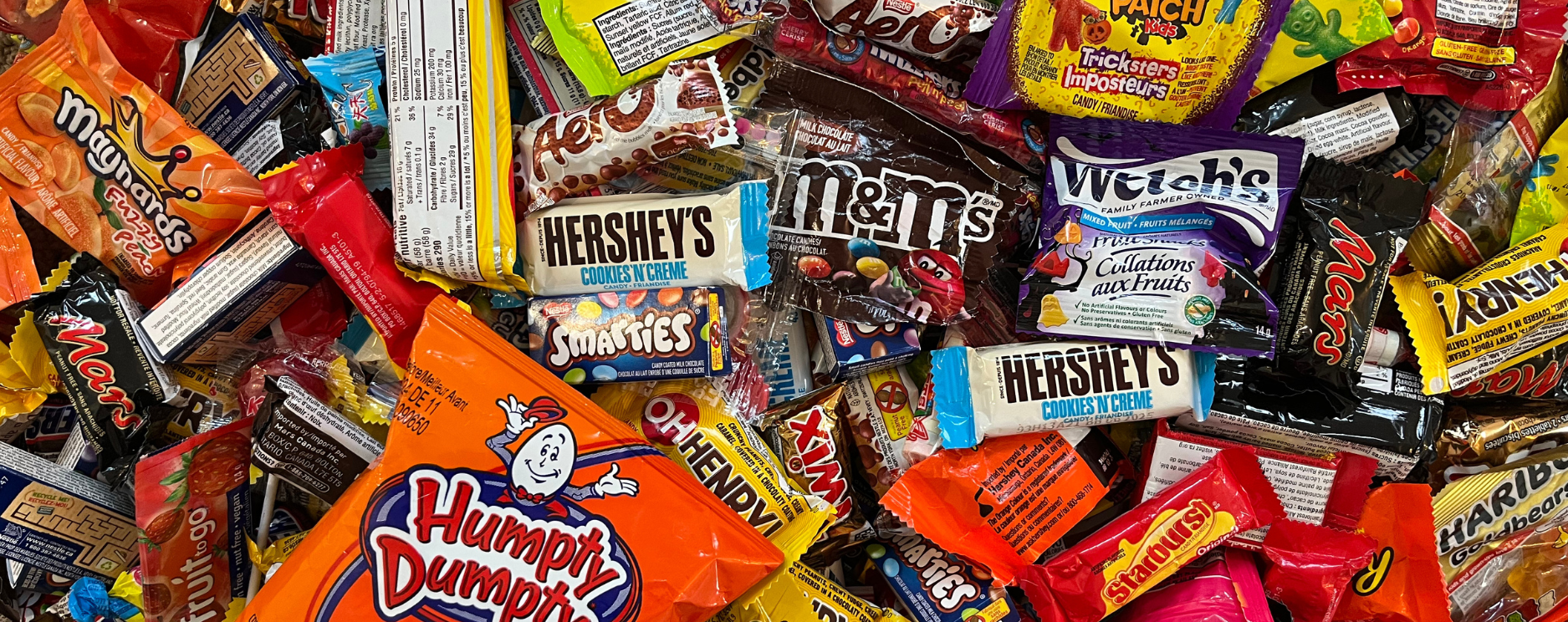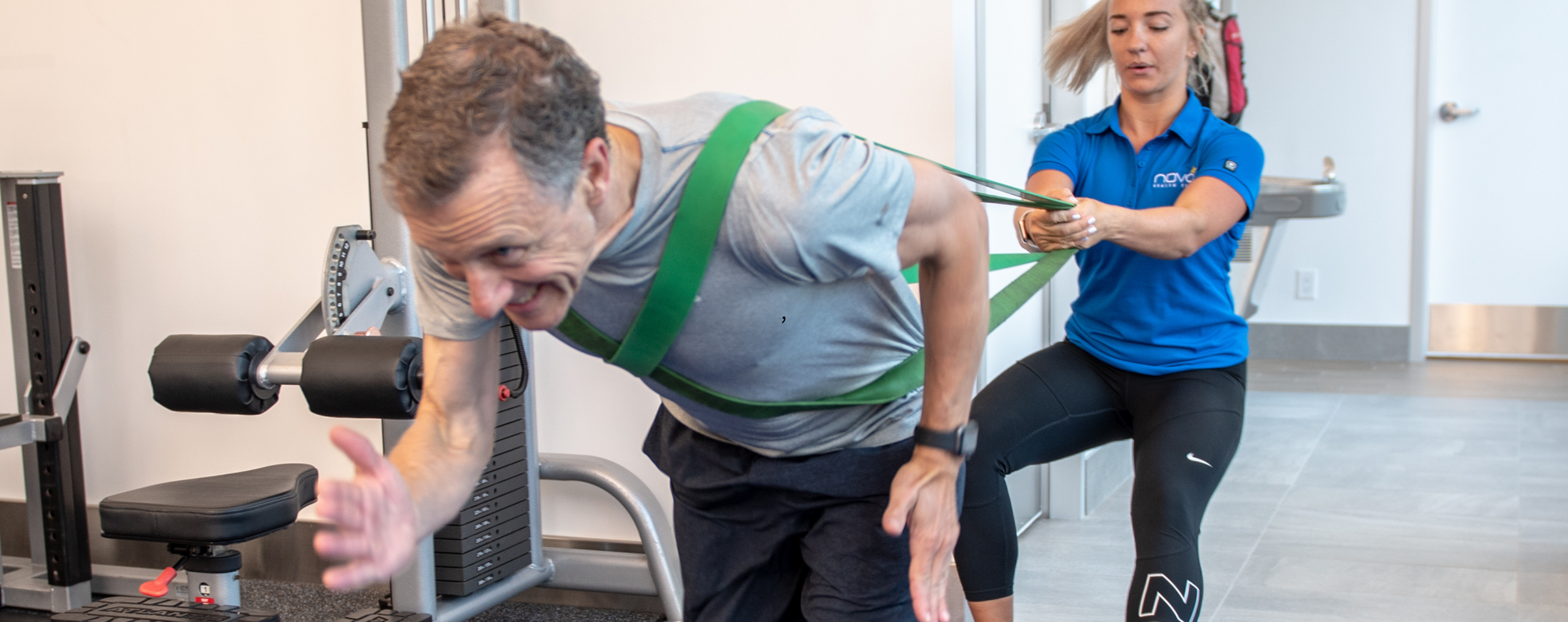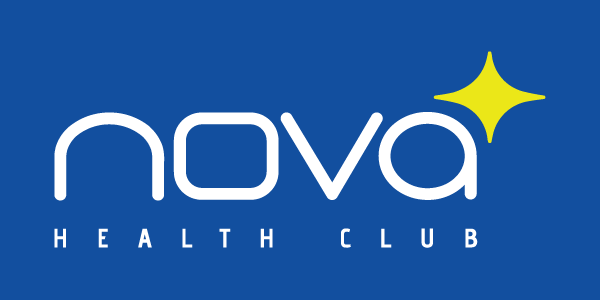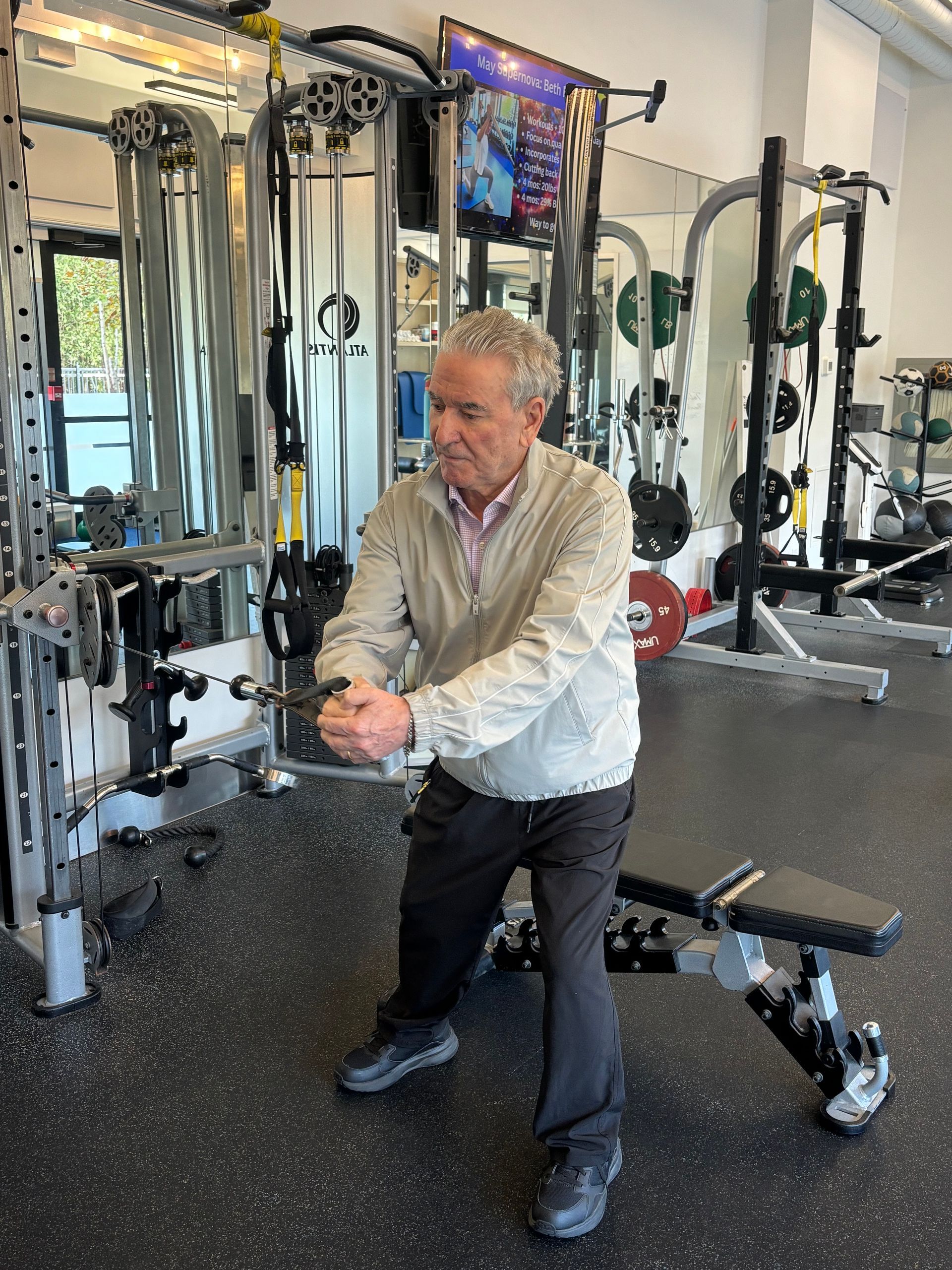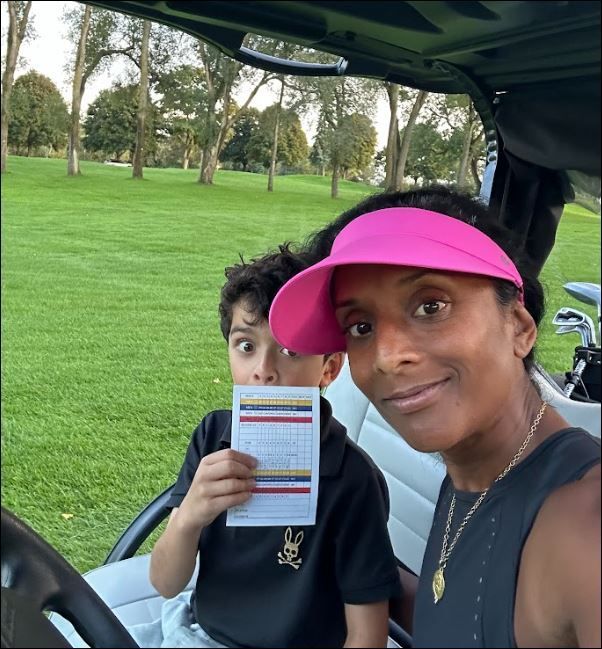How Much Personal Training Do You Need?
What is Personal Training?
Our Personalized Fitness Training Programs are based on your goals and achieving them in the way best suited for you! Customizing our approach to your lifestyle is our top priority.
Whether you want to increase your energy and feel healthier, strengthen your core, lose weight, or improve your sport specific skills, our team will design the right individualized program to meet your needs, wants and physical abilities.
Your needs are unique and our team of Kinesiology-based professionals, utilizing the latest training methods will help you get more out of your fitness program and to your goals faster.
Benefits of working with a personal trainer
At Nova Health Club we have higher expectations than simply being ‘certified’. Our team of professionals have diverse backgrounds which begin with a Kinesiology foundation followed by fitness diplomas and specialized certifications in Functional Movement Systems and Precision Nutrition.
"One size fits all" only works for a few. Your best is revealed when your individual needs, wants, and abilities are taken into consideration. Feel confident knowing that Nova coaches tailor each session specifically to you!
Personal Training Process:
Goal Discovery
Your personal training journey begins with a free health consultation in person or over the phone with one of our certified personal trainers.
The objective is to learn about your goals and to formulate a custom training plan that fits your lifestyle. A comprehensive consultation will centre around your goals, current health, injury and exercise history.
Initial Session
Your first workout will be a movement assessment. This is not fitness testing but rather an opportunity to have a closer look at your movement patterns.
The initial assessment evaluates joint mobility and stability, breathing, core function and ability to perform foundational exercises.
With this information we create better programs that meet your needs and prevent you from getting injured during your workouts.
Progress Tracking:
Baseline fitness metrics and knowing your strengths and weaknesses are an essential part in creating the best fitness program for you.
We evaluate your strength and cardio levels quarterly throughout your training journey to ensure you are on the best path towards your goals.
How many personal training sessions do I need?
How to Come Up With a Plan That Is Right For You
If you are in the market looking for personal training, there are 2 things to consider when trying to determine how many sessions you need. First you need to consider the time frame you plan to train for. Is it something short term? Long term? Second is figuring out the frequency of how many times per week you should train.
Time Frame
First, know that fitness is something that needs to be a lifestyle habit for the rest of your life (just like brushing your teeth each day) whether you are doing personal training or not. Because fitness also takes some level of discipline which is challenging for some people, personal training is great to help you stay committed and accomplish the goal of regular exercise. For an unmotivated person, hiring a personal trainer can become a monthly investment for the long term.
There are times however where you may wish to hire a personal trainer for the short term depending on the goal. For example, 3 to 12 months is the typical time it takes someone to reach a bigger goal whether it be losing 20lbs of fat or rehabbing an injury.
If you hire a personal trainer for the short term, it is important to learn as much as possible during that time to help equip you with the strategies to maintain your goal and investment after you stop personal training. Make sure to communicate with your trainer if you ever have intentions on quitting. A great training coach will do their best to empower you to continue once you stop training with them.
Unfortunately for some trainees who quit personal training, they lose all the results they earned and invested in over their time with their training coach. There is nothing that discourages a professional trainer more than having seen their trainee put in a year of hard work towards their goal, reach that goal and then quit. Most trainees who quit personal training after reaching a goal do not maintain their progress and often go back to their old self.
Frequency
How many personal training sessions a person needs per week depends on the individual and comes down to four things each person should consider.
1) Minimum vs Optimal Dose for Results
As a minimum in order to see results, everyone should spend at least 3 hours a week engaged in an activity that either raises the heart rate and or works the major muscles of the body. This can be the sum of all hours spent exercising whether with or without a personal trainer. Doing less than this doesn’t mean there is no benefit, but expect your results to be minimal. Ideally for best results, 4- 5 hours a week spent on exercise that raises your heart rate and challenges your muscles is best.
2) How Much Time is Realistic For You?
Determining how many hours a week you can devote to exercise is very important. While 5 or more hours a week spent exercising is ideal for results, it may not be realistic to everyone. For one person, 3 hours a week could be easy whereas for others it could be stressful. Creating stress by trying to follow a workout program beyond what you can handle is not good and will negate the benefits of exercising.
For example, a new parent who is also starting a new job or business may find 3 hours very difficult to accomplish especially if they are starting from no previous exercise habits. A similar person but who is already doing regular exercise would not have a problem getting 3 hours of fitness in each week.
When it comes to building your fitness and improving your health, it is all about the small steps done consistently over time. Over the long term, these steps lead to lifestyle changes that become a natural part of your life requiring less effort than when you first began.
Do the best you can by exercising as often as is realistic for you and remember that any exercise is better than no exercise - so if you only have 1 hour then that is a perfect place to start. Once you are good with 1 hour of exercise, the goal would be to increase it to 2 hours of exercise then 3 and so on.
3) Your Goals & Current Exercise Routine
Most people exercise in a limited capacity based on what they know, what they like or find easy. All the while missing important components of fitness that they need. What they are missing determines how much time should be spent with a personal trainer.
Personal training therefore ends up being an activity that helps you accomplish physical exercise that you are not likely to do on your own. This could be mobility work through stretching, postural or core work or challenging multi-joint strength exercise like squats and lunges to get stronger and help burn fat.
Your training goals will also determine how many times per week you need to do personal training. For example, if you have restricted joint mobility and already do light jogging 2 times a week for 60 minutes, that would be 2 hours of fitness already complete. You would have a good cardiovascular base already. Your personal training sessions would therefore be less likely spent on doing more cardio but rather on strength and mobility exercises to balance out the other areas of fitness you are lacking in. In this case, 2 hours of personal training would suffice. 3 hours with a personal trainer on the other hand would allow your trainer to maximize your results.
4) Personal Budget
Lastly, one’s budget will also determine how many personal training sessions are best for you. While 3-5 hours a week with a personal trainer is great, if it does not fit the budget and creates stress in your life then it is not worth it. An option then would be to try ½ hour sessions, doubles sessions or one hour sessions 1 time per week with an at home program created by your coach.
Interested in knowing how much personal training you need to reach your goals? Click below to connect with us today.
Updated November 15, 2021.

